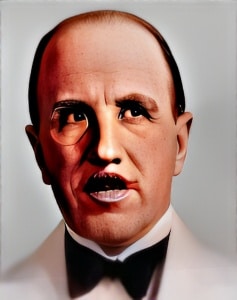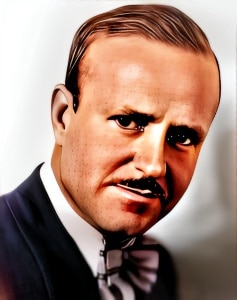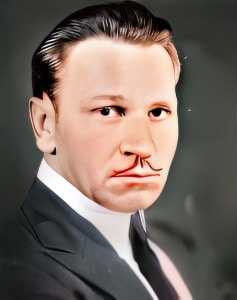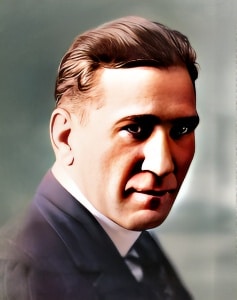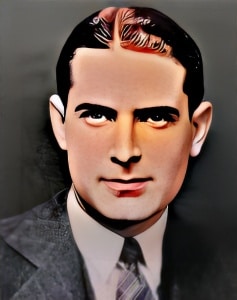 Lloyd Hughes, born on October 21, 1897, in Bisbee, Arizona, was a prominent figure in the silent film era of Hollywood.
Lloyd Hughes, born on October 21, 1897, in Bisbee, Arizona, was a prominent figure in the silent film era of Hollywood.
He made a significant impact on the entertainment industry during a time when silent films were at their zenith. Although his name may not be as well-known today as some of the era’s other stars, his contributions to early Hollywood are noteworthy and deserving of recognition.
Hughes’ journey into the world of cinema began in the early 1910s when silent films were the primary form of entertainment. This period marked a transformative phase in the film industry, as it transitioned from the novelty of motion pictures to a sophisticated medium of storytelling. Hughes embraced this art form and became an essential part of its development.
One of the notable aspects of Lloyd Hughes’ career was his versatility as an actor. He appeared in a wide range of film genres, showcasing his ability to adapt to various characters and narratives. He seamlessly transitioned between dramatic roles, comedies, romances, and adventure films, a testament to his acting prowess.
Hughes’ foray into Western films, a beloved genre during the silent film era, is particularly noteworthy. Westerns were an integral part of early Hollywood, and actors who excelled in these films garnered significant recognition. Lloyd Hughes successfully portrayed the quintessential Western hero, often playing the role of the dashing cowboy or adventurous frontiersman.
One of Hughes’ most significant roles was in the 1922 silent film “ Tess of the Storm Country.” He starred opposite the iconic Mary Pickford and played the character of Frederick Graves. The film was a critical and commercial success, and Hughes’ performance was praised for its depth and emotional resonance. It solidified his place in the industry and marked a significant moment in his career.
The silent film era was a unique period in the history of cinema, defined by its reliance on visual storytelling and nonverbal acting. Actors had to convey emotions, relationships, and narrative nuances through their expressions and physicality. Lloyd Hughes, with his handsome and expressive face, was well-suited to this style of acting.
As the film industry transitioned to sound films in the late 1920s, many silent film actors faced the challenge of adapting to the new medium. Some successfully made the transition, while others saw their careers decline. Lloyd Hughes, like many of his peers, navigated this change in Hollywood and continued to work in the industry, although his roles became less frequent.
In conclusion, Lloyd Hughes was a versatile actor in the silent film era who left a lasting impact on early Hollywood. His ability to seamlessly transition between genres and portray a diverse range of characters showcased his talent and adaptability. While his name may not be as widely recognized today, his contributions to the silent film era remain a testament to the art of visual storytelling and the enduring legacy of early Hollywood.
Loading live eBay listings...

